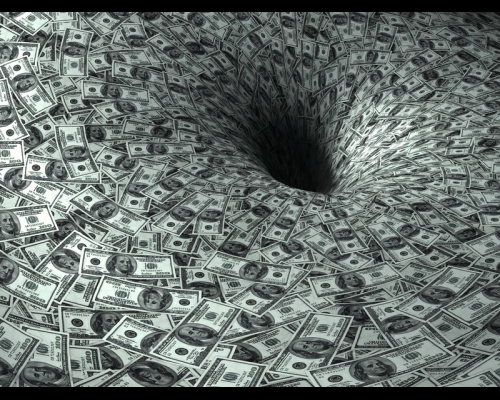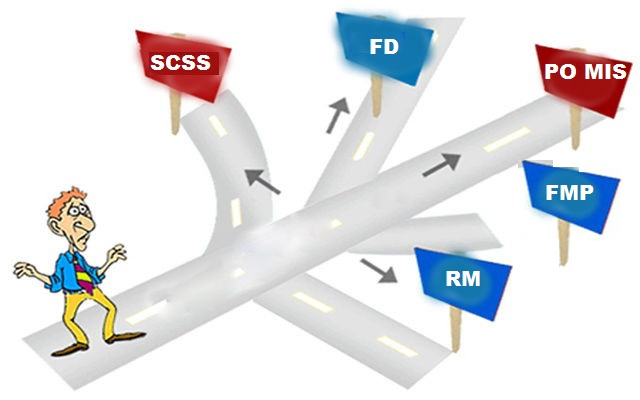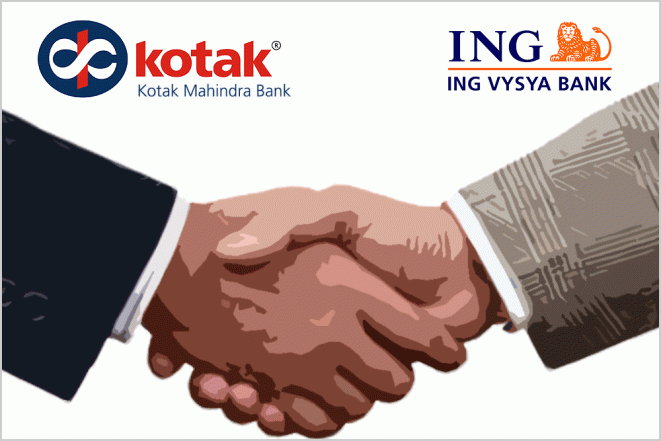
With the storm over black money owned by a number of high profile Indian citizens sitting in tax havens like Switzerland and Liechtenstein still brewing, the government has unveiled a new weapon in its very public fight against black money. Called the Income Tax Business Application-Permanent Account Number (ITBA-PAN), the technology allows the Income Tax Department to identify duplicate PAN numbers and deactivate them each time an application for a new PAN Card by an existing PAN holder is made.
The software will do away with the cumbersome and error-laden manual process, where an official would go through the PAN database and verify if an individual or entity who already possesses an operational PAN number has applied for a new one.
This technology is long overdue and has been in development for a number of years, as the government tried to find a suitable way to combat the menace of taxpayers applying for duplicate PAN cards and evading tax by using it to funnel money away.
How ITBA-PAN Works
De-activation of Duplicate PAN
The government has released a statement explaining how the new technology will identify duplicate PAN cards. The existing PAN database will be migrated en masse to the new platform. Using this, any PAN application that is received by the Department will be run through the system. In case an existing PAN is found in the applicant’s name, the Department will inform the individual/entity of this and block the request.
If the platform finds a duplicate PAN card already present in the system will send a notification to the Department, who will in turn inform the individual/entity. The individual/entity will also be directed to approach the Tax Assessing Officer and give up the duplicate PAN card. In the event that the individual/entity fails to do so, the platform will automatically de-activate the duplicate PAN.
PAN Transaction History
The ITBA-PAN will also enable the Income tax Department to access an individual/entity’s PAN transaction history. All transactions for which the PAN was submitted can be viewed in chronological order by the Income Tax Department.
This tool will enable the government to trace the root of black money as it will be able to compare Income Tax Returns information against the PAN transaction history and check for discrepancies in the two.
In addition to this, liquidation, merger, de-merger, acquisition of assets as well as amalgamation of PAN can all be traced through the software.
This information can be captured by the software as the PAN card would need to be quoted in all of the above cases, thus leaving an electronic trail for Income tax Department officials to follow.
Given the two tools mentioned above, the funnelling of black money through multiple PAN cards as well as attempts to cover up additional income will now come to a stop as the software will be able to detect such attempts.
In addition to the above, the ITBA-PAN will also enable the holder to activate a PAN number that was wrongly de-activated and submit a request to deactivate a PAN number currently in use.







